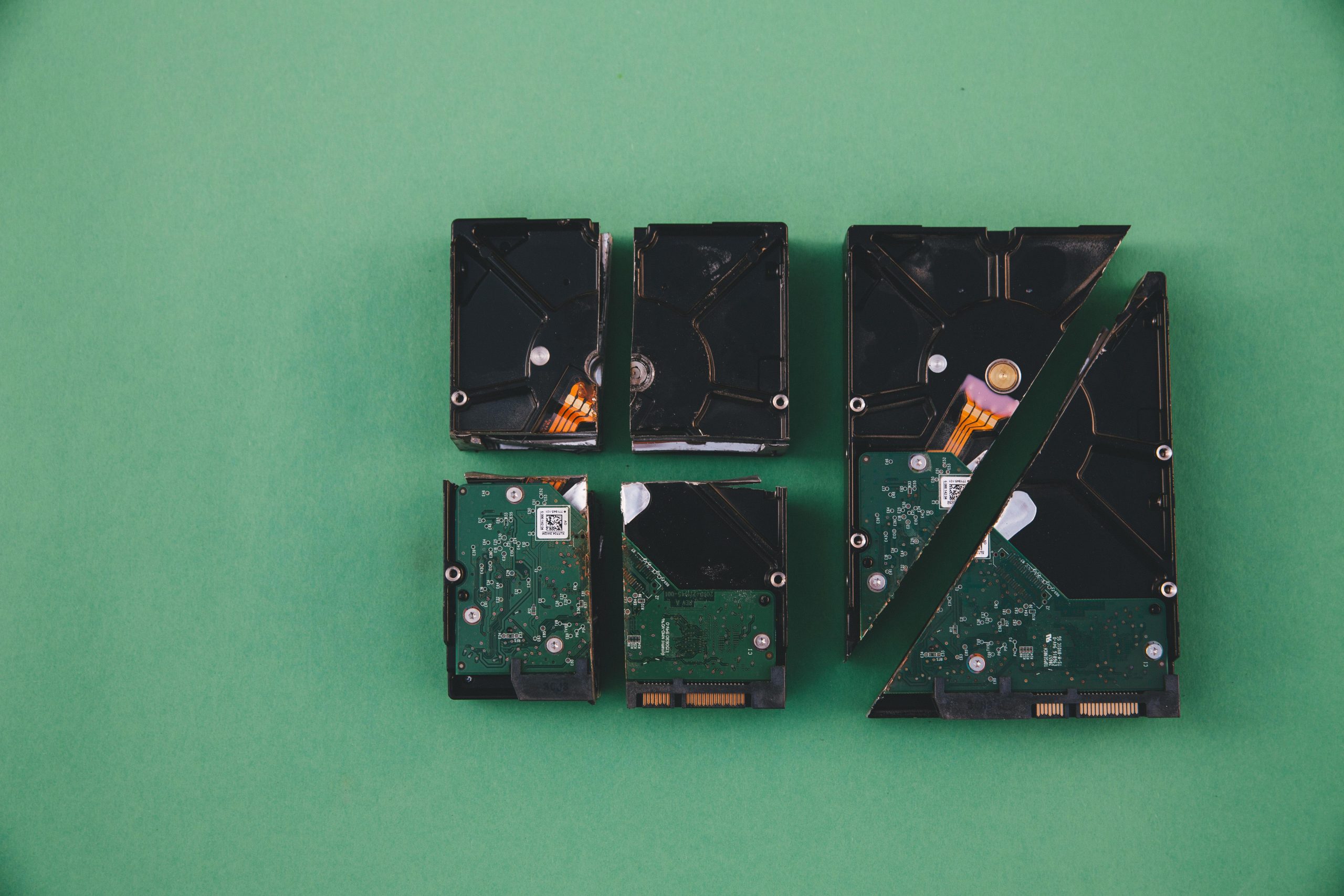Title: Troubleshooting an Unrecognized External Hard Drive in Windows 10
Are you experiencing difficulties with your external hard drive not being recognized by Windows 10? You’re not alone! Many users encounter this frustrating issue. In this post, we’ll explore common causes and provide helpful solutions for getting your external hard disk drive (HDD) back up and running seamlessly.
Understanding the Problem
Imagine connecting your 2TB external hard drive to your PC via USB. The device appears to be functioning correctly – the indicator light is on, and there are no unusual sounds coming from the drive. However, when you check File Explorer, there’s no indication that the drive is recognized. A glance at Disk Management yields the same result: the drive is nowhere to be found.
This situation can arise from several reasons, including driver issues, file system problems, or simply a connection failure. Fortunately, there are steps you can take to troubleshoot the problem effectively.
Step-by-Step Troubleshooting
-
Check Connections: Start by ensuring that the USB cable is securely connected to both the hard drive and the computer. If possible, try a different USB port on your device or test the hard drive on another computer.
-
Look for Drive Updates: Navigate to Device Manager. Here you can check if there are any issues with the drivers for the external hard drive. If the drive is listed there with a warning symbol, right-click and select ‘Update Driver’ to fetch the latest version.
-
Use Disk Management: Even if the drive is not showing up in File Explorer, it might still be visible in Disk Management. Press Windows Key + X and select Disk Management. Look for your hard drive in the list. If it appears but is unallocated, you may need to create a new volume or assign it a letter.
-
Power Supply Check: Some external drives require more power than what a standard USB port can provide. If your hard drive has its own power supply, ensure it’s connected and functioning correctly.
-
Try Different File Systems: If you check Disk Management and find that the drive is there but not formatted, or if it is in an unsupported file system, you might need to format it. Note that formatting will erase all data on the drive, so proceed with caution.
-
Run Hardware Troubleshooter: Windows 10 has a built-in troubleshooter that can help identify and fix issues with your hardware. Access this
Share this content:




Additional Tips for Troubleshooting External Hard Drive Recognition Issues
In addition to the steps you’ve already outlined, here are some further suggestions that may help resolve your external hard drive detection problem: